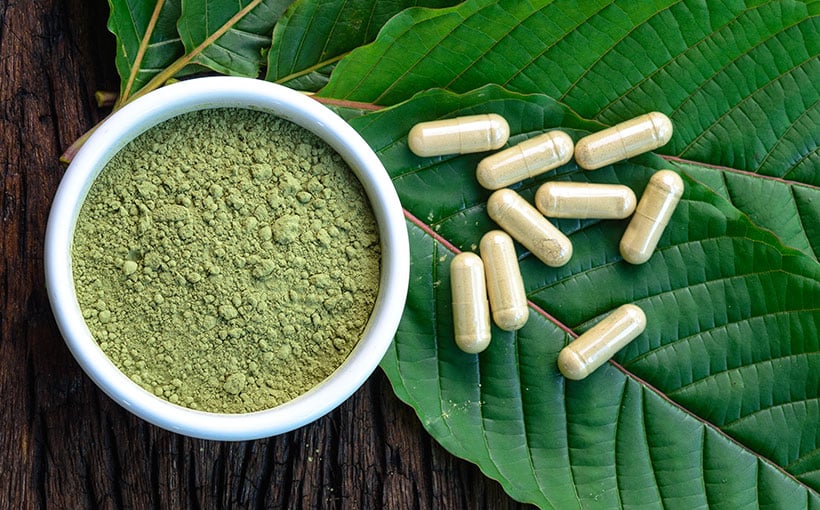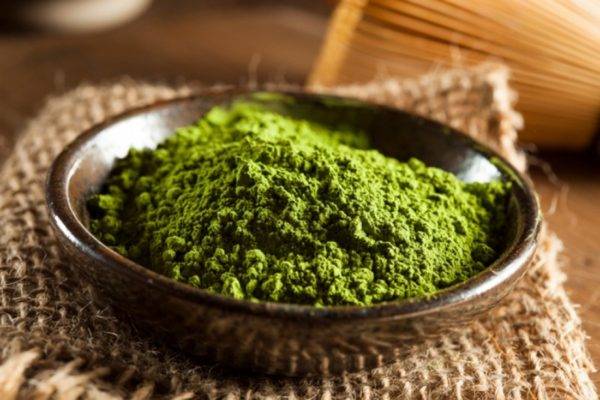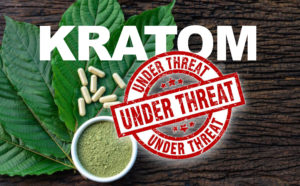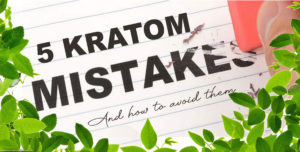You heard about the many benefits of kratom. You’ve been considering the use of kratom for relieving pain, boosting energy, and enhancing your mood. Now the question is: how do you begin?
There seems to be so much to understand. It can be somewhat confusing at first!
If you feel a bit overwhelmed, here’s a list to help you begin your journey with kratom.
NOTE: Remember that each person’s body and needs are different. What works great for one person may not work as well for someone else. Experiment, with these general principles to guide you.
WE CANNOT GIVE MEDICAL ADVICE. We are unable to recommend dosage amounts or types of
kratom for specific medical conditions or illnesses. All we can do is provide general information based
on the reports of kratom researchers and the personal experiences of customers.
KRATOM EFFECTS. You may get a bit dizzy or spacey when you first start taking kratom. Many compare it to a mild marijuana, but without the forgetfulness, craving for sweets, and dreamy euphoric high.
Music and movies may seem a little more enjoyable. You may become talkative. Your scalp and nose might itch. Your pain, anxiety, and lethargy will vanish. You’ll feel more alive, more balanced, more “normalized” than you may have ever felt.
Limit your activities and responsibilities during the first several hours when taking kratom as a beginner. Eventually, you’ll know how your body and mind respond to kratom, and you’ll be able to continue all your routines and practices, with kratom soothing and energizing you.
KRATOM SAFETY. First, make sure you are able to take kratom safely! Not everybody can take an herbal supplement like kratom. Some people are allergic to various substances, or have physical reasons for being cautious about introducing new medicines and natural substances into their bodies. You may need to talk to your doctor about the wisdom of taking kratom, given your current health, your medical issues, and whatever other medicines you may be taking.
Unfortunately, many physicians don’t know anything about kratom. They tend to get their information from medical schools, journals, and pharmaceutical companies.
There is frequently a bias against any substance the FDA, which is not the most trustworthy agency in government, has not approved for medicinal use. We have seen such ignorance regarding cannabis and other benevolent plants that are wonderful, safe remedies for various conditions. There is also a bias against natural, herbal solutions for medical problems, because Big Pharma companies can’t make any money from them.
In many cases, you may decide to go it alone, making informed decisions as you conduct diligent research online and discuss issues with other kratom users in forums. Do your own experimenting in a sober, mature, responsible manner. You can ask for advice from others on various forums, and get some good pointers for starting out, but your own experiences will be your best guide.
When it comes to powerful medicines, it’s easy to mess up, if you don’t approach them wisely.
1. Red, Green, or White vein?
Red is for strong pain relief, energy, and mood boost. After a few hours, it tends to result in a sedative effect, so some mix a little white vein in with it to keep their productivity high.
Green is for moderate pain relief, energizing, and mood boost. White is for mild pain relief, mild mood boost, and more increase in energy boost.
2. Capsules, tea, or powder?
Capsules are the easiest way to take kratom, because you don’t have to deal with the bitter taste of the raw powder. Tea is a mild version of kratom that many folks enjoy. Need to add some raw, organic honey to sweeten it.
Powder is the most effective way to consume kratom, but you have to figure out what liquid you want to use to wash it down (grapefruit juice, orange juice, water, coffee, milk, etc.). You can also remove kratom powder residue from teeth by eating a few orange slices or some green olives stuffed with pimentos.
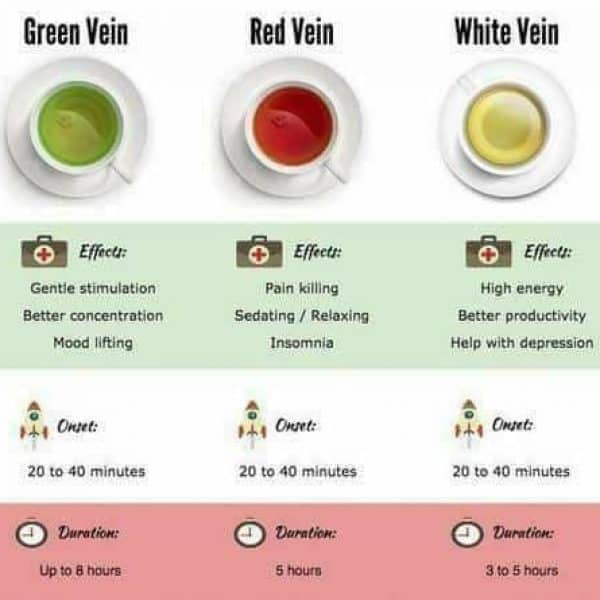
3. Dosage amount.
Each person must adjust their dosage amount and frequency through their own experimentation. In general ter
ms:
4 grams (2 teaspoons or 8 capsules) = mild dose.
6 grams (3 teaspoons or 12 capsules) = moderate dose.
8 to 10 grams (4 to 5 teaspoons or 16 to 20 capsules) = heavy dose.
It’s uncommon that anyone uses less than 3 grams or more than 12 grams, but you may be an exception.
Find the LOWEST possible dosage amount that meets your needs, then stick to it. Skip days and rotate the types of kratom you use.

WARNING: INCREASING your dosage amount can be a foolish decision, because you’ll get your system used to that large dosage amount and thus need to spend a lot more money to take high amounts per dose.
Try starting with 3 or 4 grams of kratom, wait an hour or two. If nothing happens, take another gram or two. Just be careful not to go hog wild, like some people do with alcohol and other drugs. If you take too little kratom, you won’t get much of a result from it. If you take too much kratom, you’ll probably just vomit it up, or feel queasy and uncomfortable.
There have been no reports, to date, of anyone overdosing and dying from too much kratom. If someone dies, it’s because they mixed kratom with cocaine, opioids, alchohol, Xanax, or other substances. Kratom alone has not been verified as the sole cause of any substance-induced fatality.
4. Dosage frequency.
Many people seem to do well with just one dose per day. Others, with more severe pain or other needs, may take kratom a few times each day. Again, you will adjust your usage according to the results you seek.
You may also, to save money and avoid building up a tolerance, want to skip days. Some people use the “3 days on, 3 days o” method. You may decide to take kratom only when you
feel a strong need for it, which might be only a few days each month. Others feel a need to take kratom every single day.
You”ll arrive, after a few weeks or so, at the ideal dosage frequency that suits your needs.”
5. Nation of origin.
Region where the kratom was grown and harvested is not a huge factor, but it’s good to vary the origin locations of your kratom supply, to avoid building up a tolerance for a specific alkaloid profile.
Kratom origins include Indonesia, Vietnam, Cambodia, Malaysia, Bali, Borneo, Aceh, Thailand, and other southeast Asian areas. There are specific provinces within these nations, like special kratom cultivation plantations or deep forest spots with wild, uncultivated kratom (Bentuangie is one of these wild types).’

6. Strength of kratom.
It’s best to start out with regular strength kratom. Reserve the enhanced kratom, ultra kratom, concentrated kratom tinctures, and kratom resin, which are more powerful, for when you have a sudden spike in pain, or a new injury, or some other reason to increase the potency of effects.
Maeng da is generally the label used for the most potent of the non-enhanced forms of kratom. It means “pimp grade” or the type that is used by long time, experienced kratom users and connoiseurs who can detect and appreciate super high quality kratom.’
7. Source of kratom / type of vendor.
You may save money by purchasing kratom online, from a reputable internet vendor. Or you may decide to help the local economy, and buy only from local stores that carry kratom. Tobacco stores, gas stations, and hippie headshops (that also sell marihuana pipes and other drug related items) may overcharge you and may sell dubious kratom brands. Then again, a local headshop may take kratom seriously, and will carry good quality, fairly priced kratom, as well as CBD oil. Avoid hyped kratom packaging, including vendors and brands that use wild graphics, psychedelic names, and exaggerated claims, as though kratom was just a recreational “high”.
8. Kratom MUST be 3 rd party lab tested.
Mold, lead, salmonella, and other contaminants can be in kratom. Overseas suppliers often do not have very clean conditions when harvesting, storing, and shipping kratom to other countries. Kratom is an herbal supplement that improves health and well-being, so it would be terrible to get sick from untested, unsafe kratom!
Look at the website of the kratom vendor you are considering purchasing products from and see if they do testing of each lot, batch, and strain of the kratom they sell. Look at the bottle or packaging of the kratom, if you’re in a store. Kratom, to be safe, should be tested by a 3 rd party laboratory that is not affiliated in any way with the
vendor. If the website of the kratom vendor has a testing webpage, click on it and see what they say about their testing methodology. Beware of vague, generalized statements like “all natural”. What you want to see is “every lot, batch and strain of our kratom is tested at a 3 rd party lab that is not associated with our company in any way” or similar language. This is an extremely important aspect of the kratom you buy and use.

10. Drink water and move around!
It’s important to realize that kratom is very dry powder that sucks up moisture when it’s in your system. So you need to drink a lot more water and other liquids when you take kratom. Exercise is also good when taking kratom. It’s reported that moving around, walking, working physical labor, swimming, and other activities will help the kratom circulate through your body, increasing its effects.
CAUTION: Until you’ve taken kratom for at least one month, and know how it effects you, DO NOT drive a car or operate heavy machinery or climb a ladder or do any other work where you might feel dizzy, groggy, or wobbly. It’s best to take your kratom dose, then lie down for a while, and later get up and take your dog for a walk or do some light work like gardening, playing a musical instrument, or computer projects.
11. Promoting kratom to others.
A final decision you’ll need to make is how to go about telling other people about your kratom use and
the results you’ve been getting. Be cautious. Don’t lose your job due to your enthusiasm for kratom. Some employers watch Facebook, Twitter, and other online media, looking for suspicious behavior in their employees. Due to the ignorance and unfounded bias that prevails in some places, your usage of kratom, CBD oil, medical cannabis, and other natural substances may jeopardize your job if a boss has negative opinions about such things, even when they’re legal where you live.
If someone asks you for advice about pain relief, overcoming anxiety, gaining extra energy, and related issues, share your experiences, but never talk about kratom as a ‘legal “, “euphoric drug”, or substance to take “just for fun”!

